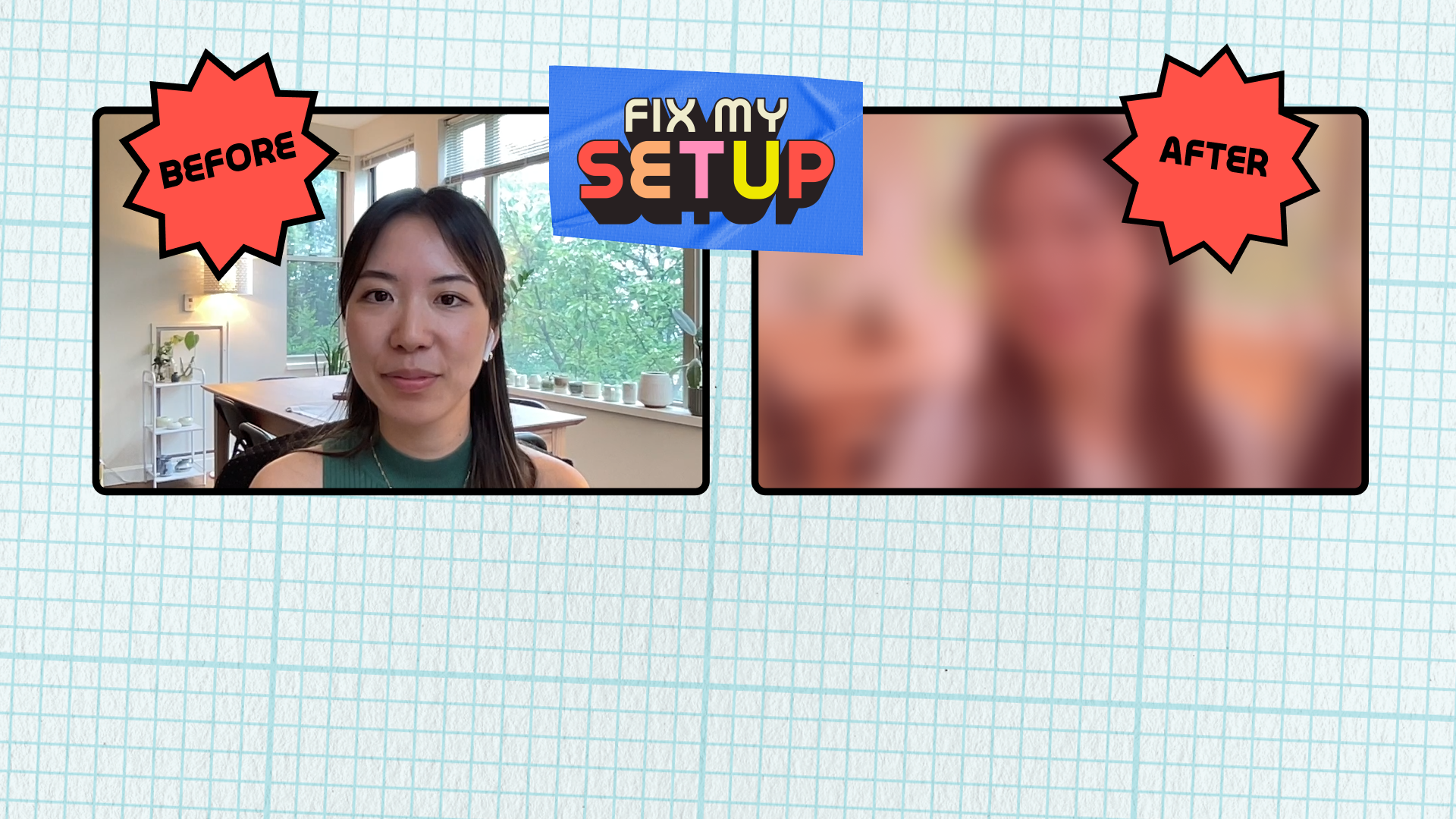Welcome to the Wistia Learning Center 👋
Welcome to the Wistia Learning Center 👋
Subscribe for updates from Wistia with fresh video marketing insights delivered to your inbox twice a month.
Editor's picks
Browse by category
Select a category to see more related content
Recent articles
- How to Make Your Videos Accessible with Audio DescriptionsBy Sasha FriedmanCheck out this guide for creating great audio descriptions that'll make your videos more accessible.
- 9 Easy Ways to Repurpose Your VideosBy Chiara HoogervorstDiscover all the different ways you can transform your existing videos into new pieces of content.
- 10 Clever Ways to Repurpose Your Webinar ContentBy Lisa MarinelliDiscover some different ways to squeeze more mileage out of your webinar recordings!
- Wistia vs. Riverside: Which Remote Recording Platform Is Right for You?By Courtney LeffertsBoth platforms deliver studio-quality results. Here’s how Wistia and Riverside compare on capture, AI tools, branding, and publishing.
Top videos
How to Edit Videos Online in Wistia's Video EditorThe Best iPhone Camera Settings for Video in 2025How to Download Wistia Videos- Product Spotlight: See What’s New in Wistia [2025]By Elise BeckStay in the loop on all the features and updates we’ve released so far in 2025.
- 5 Benefits of Adding Captions to Every VideoBy Chiara HoogervorstLearn why making captions part of your video workflow is a smart move for your business.
- The Best iPhone Camera Settings for Video in 2025By Chris LavigneWalk through all the settings to adjust on your iPhone to get high-quality footage.
- How to Shoot Professional Videos on Your iPhoneBy Chris LavigneGet nine easy tips for capturing great footage with the phone in your pocket.

